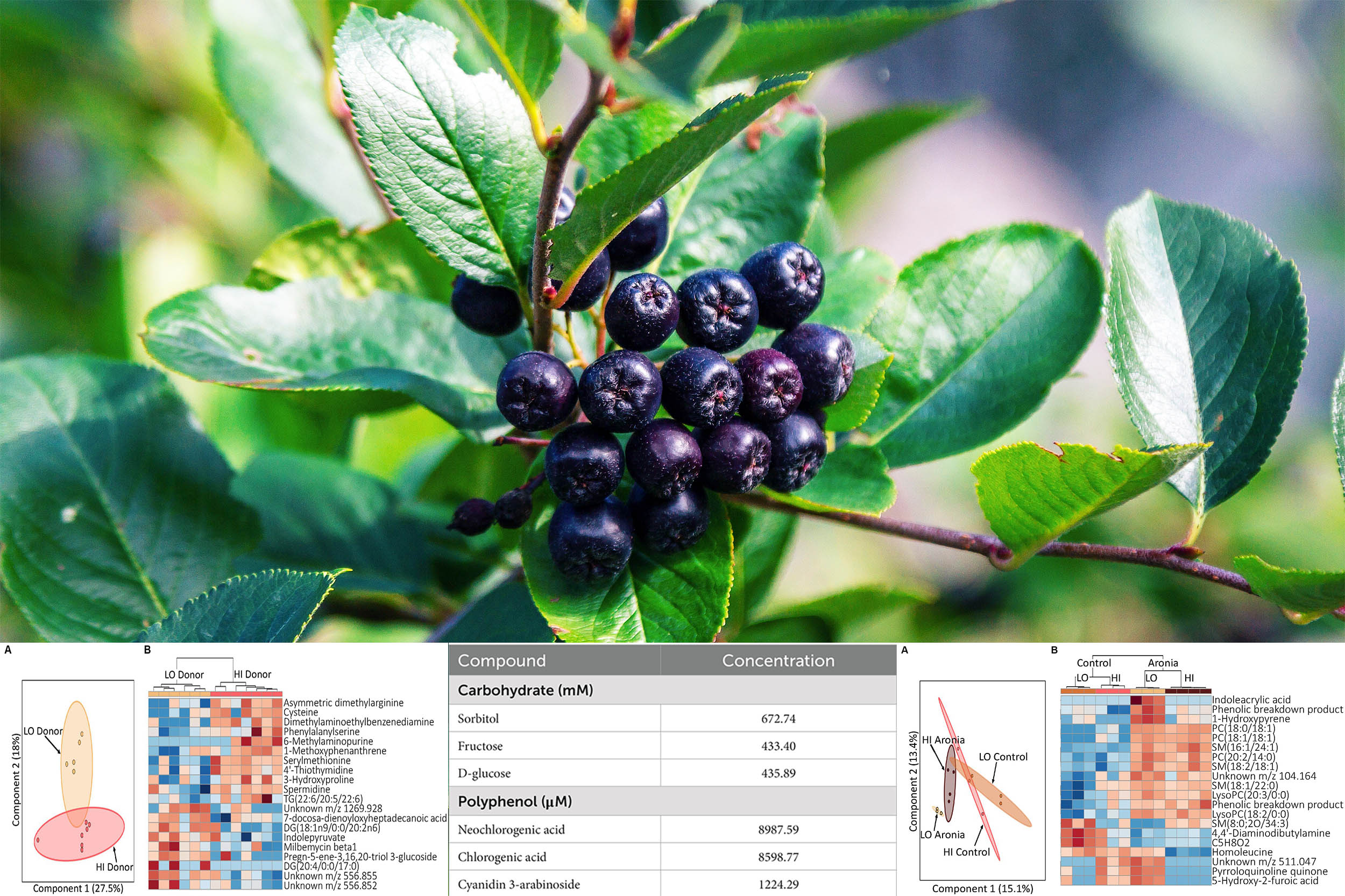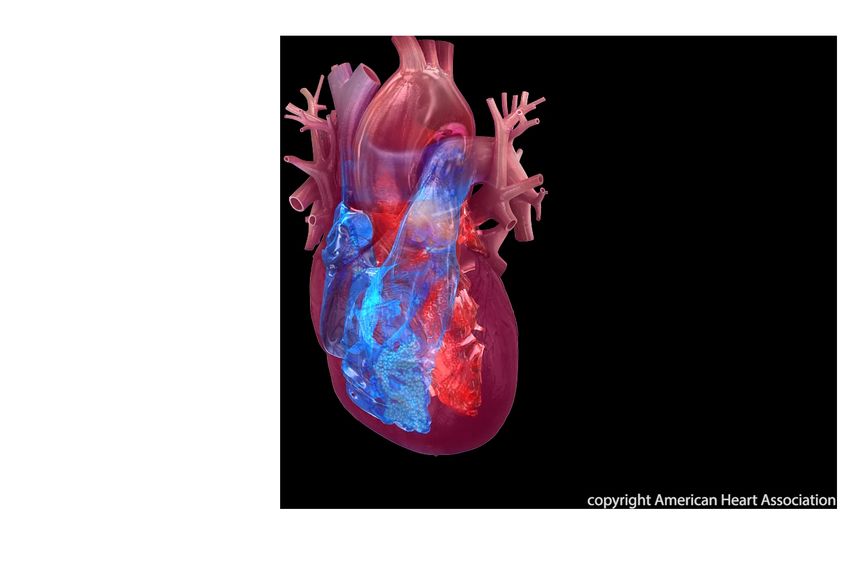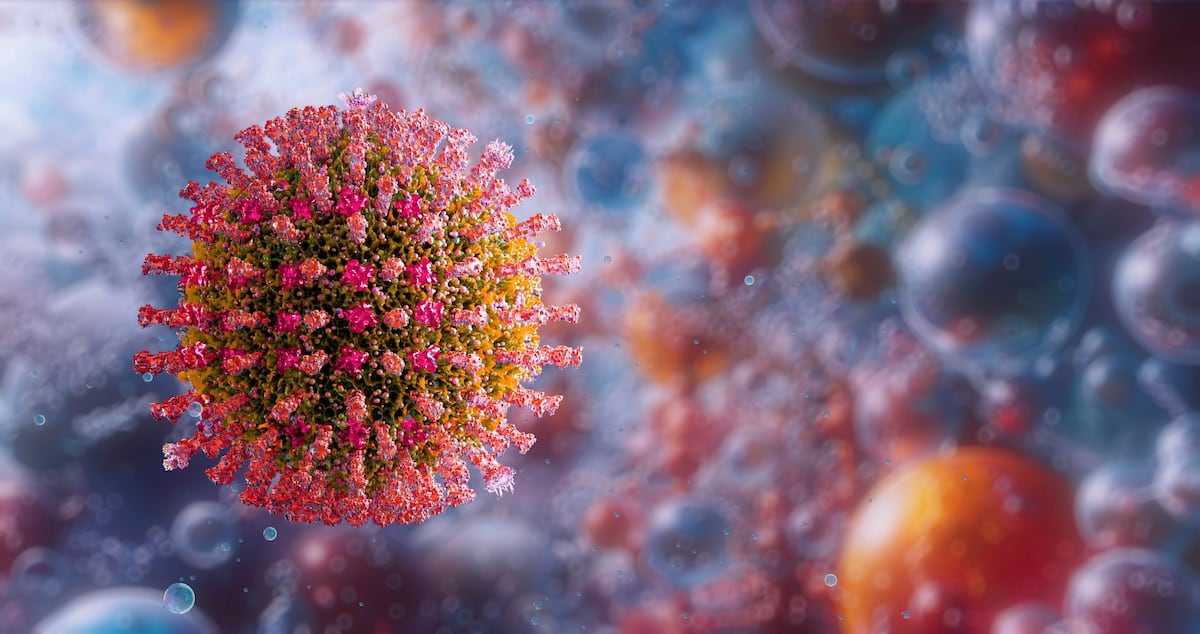Food does more than fill you up. It also shapes the community of microbes living in your gut and steers how your body responds to stress.
The Aronia melanocarpa fruit is emerging as a health food owing to its high content of polyphenols and associated antioxidant activity. Antioxidant-rich foods, such as Aronia fruit, have tremendous health benefits.
Scientists wanted to know whether a polyphenol‑rich juice made from black chokeberries (Aronia melanocarpa) could help a human‑like gut ecosystem and the host’s metabolism stay steady when faced with an inflammatory challenge from a high‑fat, Western‑style diet.
They turned to a controlled model that carried a human gut microbiome. That design allowed researchers to test cause and effect with tight control of variables like diet, timing, and sampling.
The central question was simple: Did this berry juice support a healthier response when the diet became high in fat?
Aronia juice and human health
The study tested whether giving polyphenol‑rich Aronia juice to animals harboring a human gut microbiome would support the gut community and the host’s metabolism during a high‑fat challenge.
The focus covered both microbial composition and thousands of small molecules circulating in the blood that signal how the body is doing.
Researchers used germ‑free mice that were colonized with gut microbes from screened adult donors.
The two donors had similar body measurements but differed in inflammation status: one had a low‑inflammation profile and the other had a high‑inflammation profile, both at rest and after a fatty meal.
The team transplanted these microbes into germ‑free mice and raised a second generation to confirm that the human microbiome was established and remained stable.
The mice formed two distinct gut communities that matched their respective human donors, and their blood chemistry also separated into low‑ and high‑inflammation patterns before any treatment.
How the study was done
The feeding trial lasted eight weeks. The mice drank either Aronia juice or a sugar‑matched control beverage.
For two weeks, they ate standard chow along with their assigned drink. For the next six weeks, they switched to a high‑fat diet while continuing the same drink.
The design kept sugar intake comparable between groups to isolate the effect of polyphenols.
The team collected stool samples to track which bacteria gained or lost ground and drew blood to profile thousands of metabolites using liquid chromatography–mass spectrometry (LC‑MS).
They identified bacterial groups with 16S rRNA gene sequencing, a method that reads short genetic markers to map community membership and abundance.
Aronia juice shifts the microbiome
During the first two weeks on standard chow, Aronia juice nudged the gut community. The mice that drank the juice showed a small rise in overall species richness, also called alpha diversity.
Certain bacterial groups became more abundant, including members of Eggerthellaceae, a family known for transforming plant polyphenols into smaller compounds that the host can use.
The high‑fat diet then pushed the gut microbiome to reorganize, a shift scientists describe as a change in beta diversity.
Blood metabolites also moved in new directions under the high‑fat load. Aronia juice softened some of those changes.
Mice that drank the juice showed greater resistance to the high‑fat disruption than mice on the sugar‑matched control.
The starting microbiome still mattered: animals carrying the low‑inflammation donor’s microbiome stayed more resilient than those carrying the high‑inflammation donor’s microbiome.
Signals in the blood
Blood chemistry added another layer of evidence. Aronia juice was linked to higher levels of phosphatidylcholines and related lipids.
These molecules are key parts of cell membranes, including the lining of the intestine that forms a barrier between gut contents and the bloodstream.
Healthy membrane composition supports a tighter barrier and reduces the chance that bacterial components leak into circulation and trigger inflammation.
After eight weeks, mice that drank Aronia juice also showed lower levels of trimethylamine‑N‑oxide (TMAO) compared with controls. TMAO forms when gut microbes process nutrients like choline and the liver converts the by‑products.
Taken together, lower TMAO and higher phosphatidylcholines point to a shift in lipid handling that aligns with stronger barrier function.
Food-microbes and Aronia juice
In mice carrying the low‑inflammation microbiome, Aronia juice increased indoleacrylic acid, a molecule produced by specific bacteria from the amino acid tryptophan.
Studies link indoleacrylic acid with antioxidant activity, anti‑inflammatory signaling, and support for gut barrier integrity.
Not every microbiome can make this molecule; only certain species carry the enzymes to produce this compound. The benefit depended on which microbes were present in the gut to begin with.
Aronia juice and future human study
The data fit a clear picture. This work sits within a controlled animal model using microbiomes from two human donors, which helps dissect mechanisms but does not capture the full diversity seen in people.
The study does not present Aronia juice as a cure‑all. Your microbiome helps determine how foods affect you.
Polyphenol‑rich plants – berries like Aronia and blueberries, colorful vegetables, and teas – offer more than vitamins. They also supply complex molecules that certain gut bacteria can convert into helpful compounds.
A more diverse, balanced microbiome appears to handle dietary stress better, as shown by the low‑inflammation group’s response here.
While this study does not set a human dose of Aronia juice, it strengthens a broader idea in biology and nutrition: health reflects nutrients plus microbes working together, especially when the diet is high in fat.
The full study was published in the journal Frontiers in Nutrition.
—–
Like what you read? Subscribe to our newsletter for engaging articles, exclusive content, and the latest updates.
Check us out on EarthSnap, a free app brought to you by Eric Ralls and Earth.com.
—–
First Appeared on
Source link












